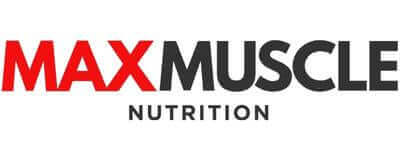Hey Fitness Warrior!
Core strength is often associated solely with achieving a toned, six-pack abdomen, but its significance extends far beyond aesthetics. The core is the body's central foundation, supporting virtually every movement and stabilizing the entire torso. It comprises not just the abdominal muscles, but also the muscles in the back, sides, pelvis, and hips. This comprehensive guide delves into the multifaceted role of core strength in overall health, fitness, and daily functionality, emphasizing that core strength is indeed about much more than just abs.
Understanding Core Strength
Core strength refers to the ability of the core muscles to support the spine and body during static and dynamic movements. A strong core contributes to improved posture, better balance, and enhanced performance in various physical activities, from everyday tasks to athletic pursuits.
Components of the Core
- Abdominal Muscles: Including the rectus abdominis, transverse abdominis, and the obliques.
- Back Muscles: Particularly the erector spinae and multifidus, which support the spine.
- Pelvic Muscles: Including the pelvic floor muscles, which support the pelvic organs.
- Hip Muscles: Such as the gluteus maximus, medius, and minimus, contributing to hip stability.
Benefits of a Strong Core
Enhanced Posture and Balance
A strong core maintains the proper alignment of the spine and pelvis, reducing the risk of posture-related issues and improving balance and stability, which is crucial for both daily activities and athletic performance.
Reduced Back Pain
Core strength supports the spine, alleviating undue stress on the lower back. Strengthening the core muscles can prevent the onset of back pain and aid in the rehabilitation of existing back issues.
Improved Athletic Performance
From running to swimming, a robust core enhances the efficiency and power of movements in various sports. It allows for greater force generation and energy transfer across the body.
Better Functional Movements
Core strength is pivotal for functional movements such as bending, lifting, and twisting. A strong core ensures these movements are performed safely and effectively, reducing the risk of injury.
Increased Overall Strength
The core acts as a central link between the upper and lower body. Strengthening the core can enhance overall strength, as it enables the transfer of power and stability across different parts of the body.
Building Core Strength
Incorporating a variety of exercises that target all aspects of the core is crucial for developing comprehensive core strength. Planks, bridges, leg raises, and rotational movements are effective exercises that engage the entire core. Additionally, activities like yoga and Pilates are renowned for their core-strengthening benefits.
Conclusion
The importance of core strength extends well beyond the pursuit of aesthetic abdominal muscles. It is a critical component of overall health, influencing posture, balance, back health, and functional movements. By incorporating core-strengthening exercises into your fitness routine, you can build a solid foundation that supports a wide range of physical activities and enhances your quality of life.
As you embark on strengthening your core, remember that the journey is about building a foundation that supports your body's overall function and well-being. Sharing this holistic perspective on core strength with friends or family can not only spread the knowledge but also foster a supportive community focused on comprehensive health and fitness.
Mike Pringle
Max Muscle Sports Nutrition - Stone Mountain

